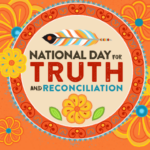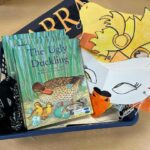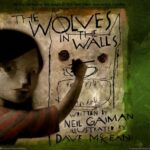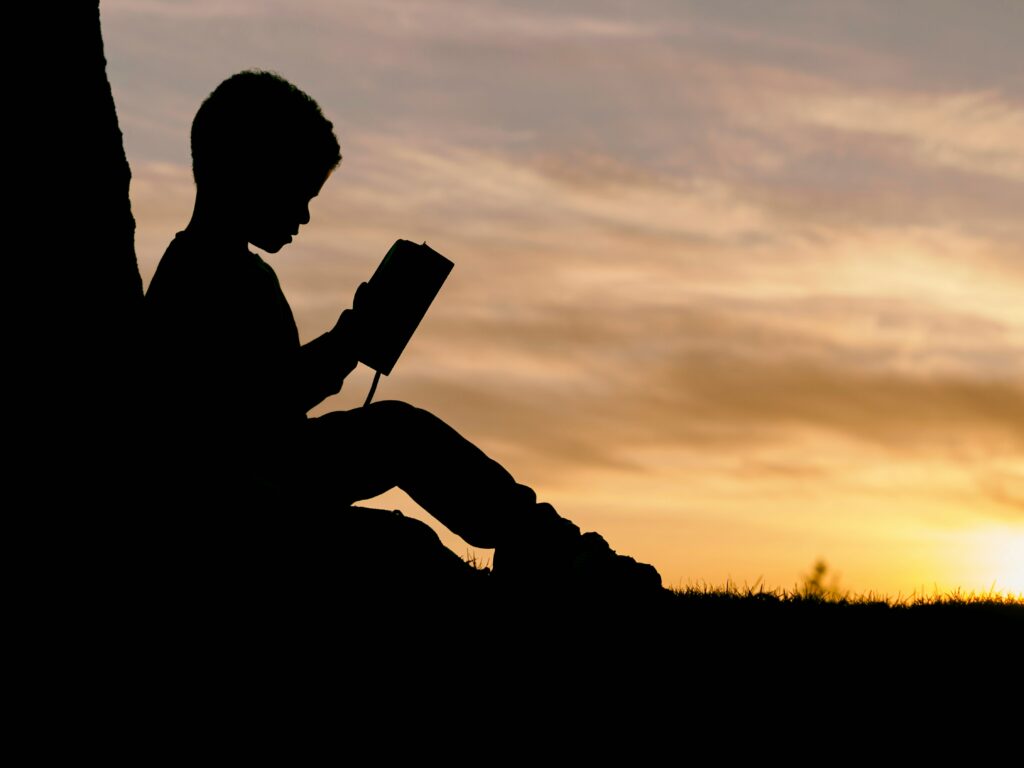
What?
Books and stories offer educators a unique opportunity to explore complex and often difficult subjects in a way that is both engaging and accessible to students. Through storytelling, educators can address sensitive issues such as bullying, classism, racism, gender inequality, and other social challenges, framing them in a way that resonates with students’ experiences. In the BC curriculum for English Language Arts in grade two, one of the big ideas states that, “stories and other texts connect us to ourselves, our families, and our communities.” All students need to be able to feel this connection through the stories that are available in the classroom, but what if the books that reflect their lives are being taken from the shelves and not allowed in their school?
So What?
Book banning and censorship is not a new phenomenon and has always been a controversial issue. There are varying reasons behind the bans and it is worth consideration to view this issue from both perspectives.
Pros and Cons of Banning Books at a Glance:
| PROS | CONS |
|---|---|
| Pro 1: Parents have the right to decide what material their children are exposed to and when. Read More. | Con 1: Parents may control what their own children read but don’t have a right to restrict what books are available to other people. Read More. |
| Pro 2: Children should not be exposed to sex, violence, drug use, or other inappropriate topics in school or public libraries. Read More. | Con 2: Many frequently challenged books help people get a better idea of the world and their place in it. Read More. |
| Pro 3: Keeping books with inappropriate content out of libraries protects kids but doesn’t stop people from reading those books or prevent authors from writing them. Read More. | Con 3: Books are a portal to different life experiences, and reading encourages empathy and social-emotional development. Read More. |
Both sides of the debate have valid points, and educators have professional standards to abide by, but when it comes to banning books that reflect children’s lives and cultural diversity, Rudine Sims Bishop said it best, “We need diverse books because we need books in which children can find themselves…reflections of themselves.” Bishop wrote a piece where she outlines 3 types of books that are important to establish a healthy worldview:
Mirrors: a book where children can see their own life reflected
Windows: a book that allows you to see into other worlds and see how it matches up or doesn’t match up with your own
Sliding Glass Doors- a book that allows you to open the door and see the world through another lens.
According to Bishop, when children only have access to books that mirror their own experience, they are likely to develop a false sense of worldview. They need to develop empathy for situations and people that are different from their own lived experience.

For example, the book “And Tango Makes Three” is based on the true story of two male penguins in the Central Park Zoo who raise a baby chick. This book has been banned due to complaints of “homosexual overtones” and content that parents feel is “best discovered in another time and place” as stated in a PBS interview. Whatever the issues may be with this book, the reality is that this story, and others like it, may reflect the lives of students living diverse stories in the classroom. As educators, it is our job to provide a variety of books that do just that. The question is, how do we go forward and navigate this controversial issue?
Now What?
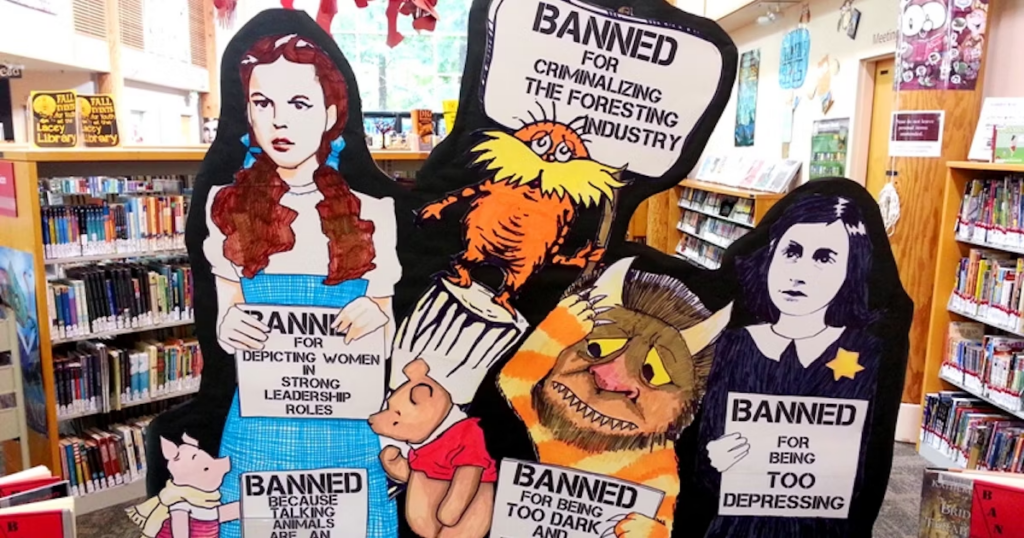
Banning books for elementary-aged children is a topic that involves weighing the protection of children from potentially harmful content against the importance of intellectual freedom and critical thinking. While there are valid concerns about age-appropriate material, there is also the risk of limiting children’s access to diverse ideas, cultures, and ways of living. As educators, the key is finding a balance between protecting young children and allowing them to learn from a wide range of ideas and experiences. This approach allows young learners to be introduced to topics in a non-threatening manner, fostering empathy and critical thinking. It also promotes a deeper understanding of the world and people around them. By weaving important life lessons into narratives, teachers can spark meaningful conversations and encourage students to reflect on their own values and perspectives. Finding the correct balance of what literature will meet the needs of students and families will vary in every classroom. Ongoing candid conversations will be needed among teachers, parents, the principal, and the school district.
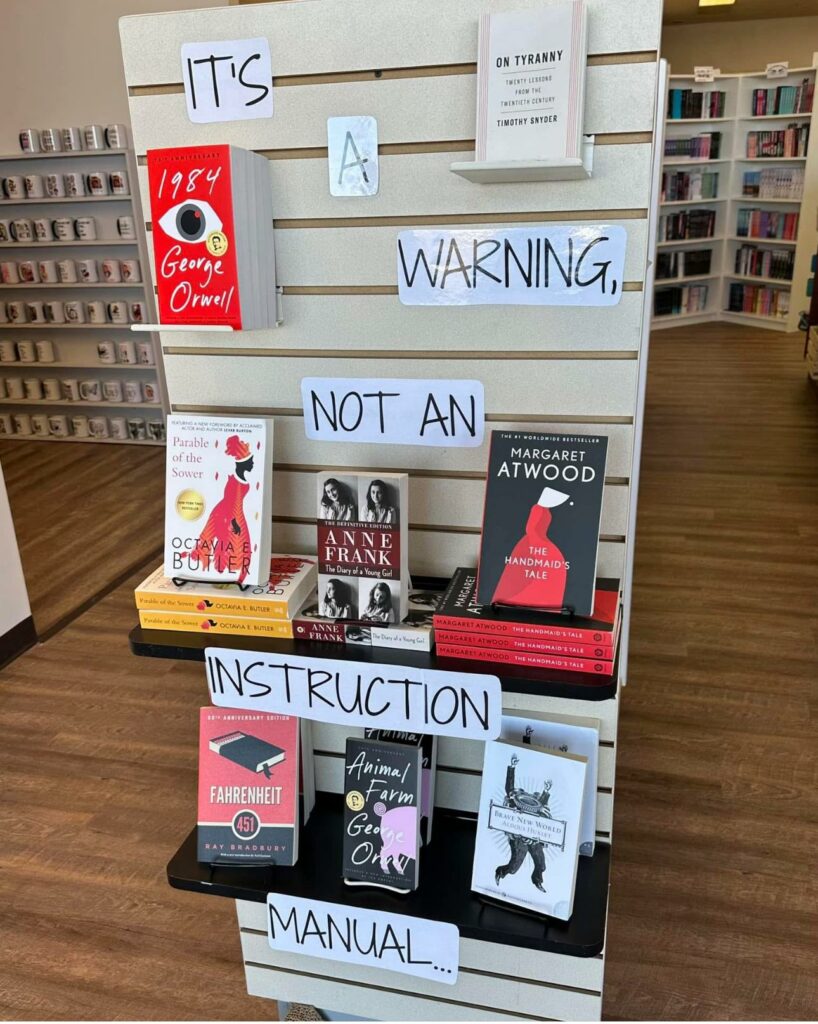
As An Aside:
This bookshop display cleverly shows how these banned books are meant to be a warning, not an instruction manual.
